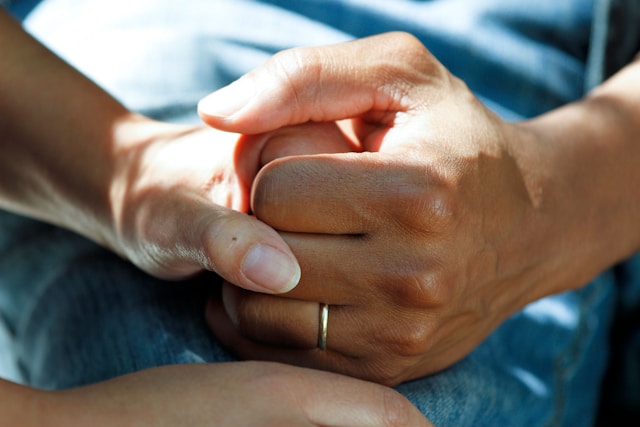Canada, more than 13 thousand assisted deaths in one year
TORONTO – In 2022, 13,241 Canadians chose assisted death. An impressive number, especially when compared to California, where a very similar bill system is in force: in the same year, there were 853 assisted deaths in the American state. The data emerges from a study by Adrian C. Byram of “End of Life Choices”, California, and Peter B. Reyner of the Department of Psychiatry of the University of British Columbia (the whole research is here: Disparities in public awareness, practitioner availability, and institutional support contribute to differential rates of MAiD utilization: a natural experiment comparing California and Canada).
Background: Both Canada and California granted access to Medical Assistance In Dying, or MAID, in 2016. Both have similarly sized populations, similar, though not identical, demographics, and no real difference in major causes of death or overall mortality rates.
Well, according to the study “only” 853 Californians died with MAID in 2022, compared to 13,241 “assisted deaths” in Canada. In 2022, MAID accounted for 4.1% of all deaths in Canada, compared to 0.27% of all deaths in California. In the Netherlands and Belgium, which legalized assisted dying twenty-two years ago, 5.1% of Dutch and 2.5% of Belgian citizens die from MAID. While Canada’s overall rate remains lower than the one of the Netherlands, if we analyze the situation in the individual Canadian provinces we note that British Columbia and Quebec have rates of 5.5% and 6.6% respectively, exceeding even the pioneers of assisted suicide, i.e. the Dutch.
In the study, as explained by the National Post which reported it (here: What’s behind Canada’s strikingly high assisted death rate? | National Post), the two researchers tested ten hypotheses that could explain the enormous difference between Canada and California, through a series of interviews conducted on 556 adults (228 each in California and Canada) aged 60 or older, the age group that accounts for the majority of MAID requests. Only 25% of Californians said they are aware that MAID is legally available as an option for a terminal illness such as advanced cancer, compared to 67% of Canadians who are aware that “MAID is an option”.
The data “represents pretty strong evidence” that increased public awareness of MAID is an important factor, if not the driving factor, behind the differing rates of assisted suicide, Reinder said. Other “exceptional” factors include the number of MAID professionals in Canada and greater “institutional support” …Canada has six times the number of MAID professionals per capita: 5.2 professionals per 100,000 people versus 0.87 per 100,000 in California.
“In Canada, every provincial and regional public health authority in Canada makes it easy to access MAID” the study authors wrote. Information is easily available on websites, and almost all provide staff to help patients navigate. No such assistance exists in California, the two researchers said. Canada, moreover, recently expanded access to MAID by eliminating the requirement of a “reasonably foreseeable death”, such as a diagnosis of terminal cancer. Now, Canadians can receive MAID for a “serious and irremediable” condition, even when natural death is not imminent, while California requires death to be expected within six months.
For these reasons, therefore, MAID would be more “popular” in Canada where deaths from assisted dying, according to the study, could continue to increase for another decade, until 1 in 10 deaths will not be caused by a lethal injection administered by a doctor. “If the number of MAID deaths in Canada increased to 1 in 10, Canada would have failed miserably to protect the vulnerable” said to National Post Daryl Pullman, a professor of bioethics at Memorial University. “Death is now a ‘therapy’ in Canada and the MAID regime is the most efficient part of the Canadian healthcare system” Pullman added. “Far from celebrating this, as these authors appear to do, we should be revisiting how we got things so terribly wrong in this space and what needs to be done to fix it”.
Photo by National Cancer Institute on Unsplash



